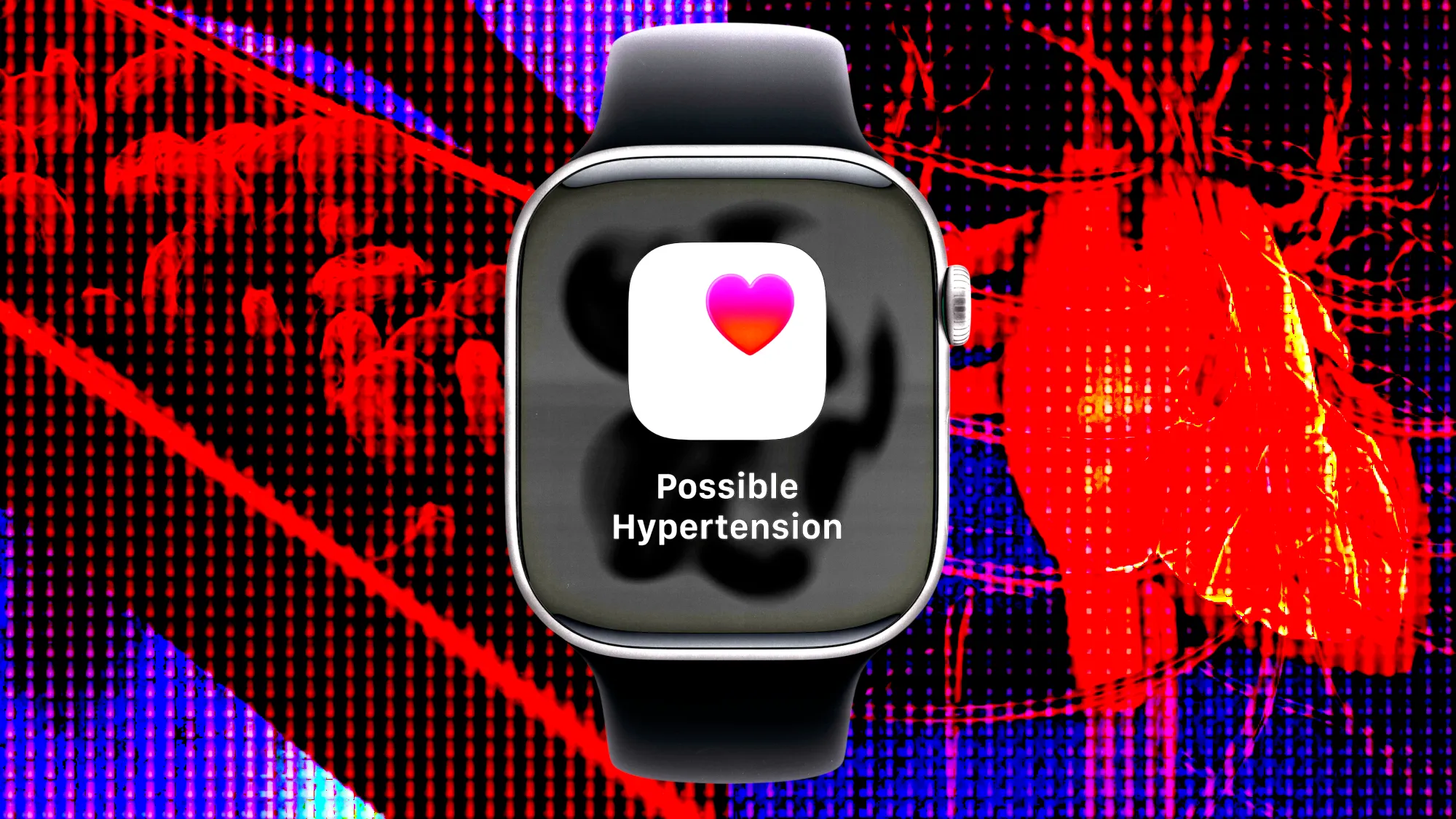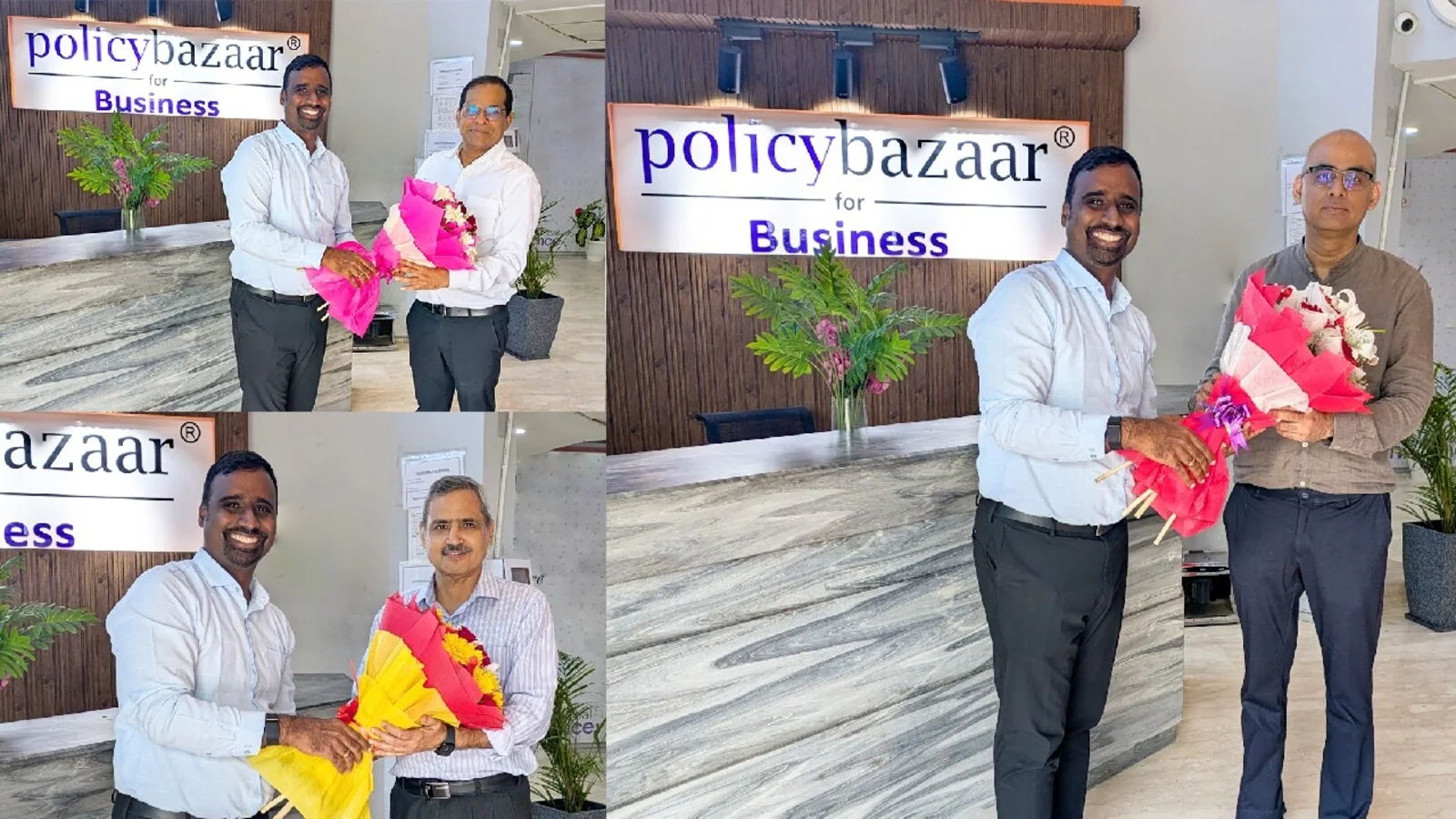By Dean Stattmann
Copyright gq

Last week, I had a front-row seat (well, technically, a thirteenth-row seat) to watch Apple unveil its latest offerings for the iPhone, AirPods, and Apple Watch product lines. With what felt like every tech reporter on the planet filling the seats of Steve Jobs Theater, from niche bloggers to Marques Brownlee, I was surrounded by folks who know a lot more about the intricate tech specs of these bleeding-edge products than I do. (At one point, the theater erupted with applause when it was announced that iPhone 17 will ship with a base storage of 256 gigabytes. I clapped along, figuring this was important.)
As a health and wellness writer, I was more excited about a feature that was announced moments earlier—this one for Apple Watch, which will be available to order this Friday, Sept. 19. Users can now turn on notifications for hypertension, otherwise known as high blood pressure. This might just be Apple’s greatest contribution to the health tech space of the past decade. Here’s why.
Why you should care about hypertension—no matter how healthy or fit you are
Earlier this year, the American Heart Association announced that heart disease remains the leading cause of death in the United States, due in no small part to rising cases of high blood pressure—one of the main risk factors for heart attack, stroke, and also kidney failure, affecting approximately 1.3 billion adults globally.
“In the United States, by the time you get to middle age or so, 30 to 40 percent of people have hypertension,” says Srihari S. Naidu, MD, FACC, FAHA, FSCAI, professor of medicine at New York Medical College and president of the New York Chapter of the American College of Cardiology.
Though hypertension is often caused by conditions like obesity or diabetes, genetics can also come into play in otherwise healthy individuals. Meaning even those who might appear physically fit can suffer from it.
“I think sometimes we have in our mind what someone with high blood pressure looks like. But I promise you, when you’re out on Saturday night, there will be a lot of people that you think shouldn’t have high blood pressure, and they do,” says Lakshmi Halasyamani, MD, chief clinical officer at Endeavor Health and a clinical associate professor of medicine at the Pritzker School of Medicine at the University of Chicago.
“Really, it can affect everybody,” Dr. Halasyamani says. “And I would say sometimes the healthy, fit people are the ones who go undiagnosed the longest.”
How Apple Watch’s hypertension notification feature works
Instead of measuring your blood pressure directly, which can only be done with a blood pressure cuff, Apple Watch uses its built-in optical sensor to observe how your blood vessels contract and relax in response to the beating of your heart. It then uses a machine-learning algorithm to identify patterns associated with hypertension over time.
If it turns out to be effective, it’ll be a breakthrough in more ways than one. And you may not even need to buy one of the latest watches to take advantage; Apple Watch’s hypertension notification feature is available on all recent models running watchOS 26, reaching back to Apple Watch Series 9 and Apple Watch Ultra 2.
Apple says it developed this technology—recently cleared by the FDA—using data from a multitude of studies involving over 100,000 participants across ages, genders, body compositions, skin tones, and other variables.
“What this watch is doing is basically using that technology to try to figure out if the arteries are changing in a way that is indicative of hypertension,” says Dr. Naidu.
If the watch suspects hypertension—a determination based on the previous 30 days worth of data—a notification will appear, along with a prompt recommending you check your blood pressure manually with a third-party blood pressure cuff, logging two readings a day over a consecutive seven-day period. The accompanying iPhone app makes it easy to plug these numbers in and, once complete, export a PDF report that can be sent to your doctor.
If that last part sounds like too big of an ask, don’t fret. The initial notification on its own is reason enough to make an appointment with your doctor, says Dr. Naidu. “To be honest, if it triggers [the notification], I would just say you should go to your primary doctor,” he says. “I would rather have a lot of people coming in to get checked out earlier in life.”
Why one doctor we spoke with is calling this a ‘game changer’
Typically, blood pressure is one of the things your doctor checks during your annual physical. So, you might be wondering, why do we need continuous monitoring for hypertension?
Well, depending on how far out you are from your next check-up, catching hypertension early—as in today, versus six months from now—can actually make a big difference.
“When I get that alert, we don’t actually know how high my blood pressure is,” says Dr. Halasyamani. “Is it just a little high, or is it really high? If I have a very elevated blood pressure, that can be quite dangerous and can actually lead to an adverse event in a very short order. If I have blood pressure that’s mildly elevated, the arc of that impact is longer. However, we know that the sooner we get people into treatment, the less likely they are to have negative consequences.”
Doctors call hypertension a “silent killer,” as it can develop with virtually no noticeable symptoms. “If you injure your leg, it hurts, and so then you go and get care. But you can have high blood pressure and feel kind of the same,” Dr. Halasyamani says. “And the toll it’s taking on your body can continue.”
It’s also worth noting that in-office blood pressure tests aren’t always a reliable measure of hypertension, particularly for people of the more anxious variety, who tend to produce false positives—or false false positives. “We call it ‘white coat hypertension,’” Dr. Naidu says, “which is a sarcastic way of saying that they come into the office and as soon as you start checking it, they get nervous. And because they get nervous, their pressure goes up.”
“For whatever reason we stress everybody out,” Dr. Halasyamani says. “So most of the time people will say, ‘Oh, well, my pressure’s high here, but it’s fine every other time. And I don’t really want to take any medicines, because I’m just stressed out when I come here.’ And you know what? That might be true. But if you’re able to show me blood pressure readings that have been taken when you’re at home or doing the things you normally do, then that actually gives me a much better sense of what your blood pressure is and what we need to do about it.”
“I think that information is incredibly useful,” she says, “and in many ways, really, a game changer.”



